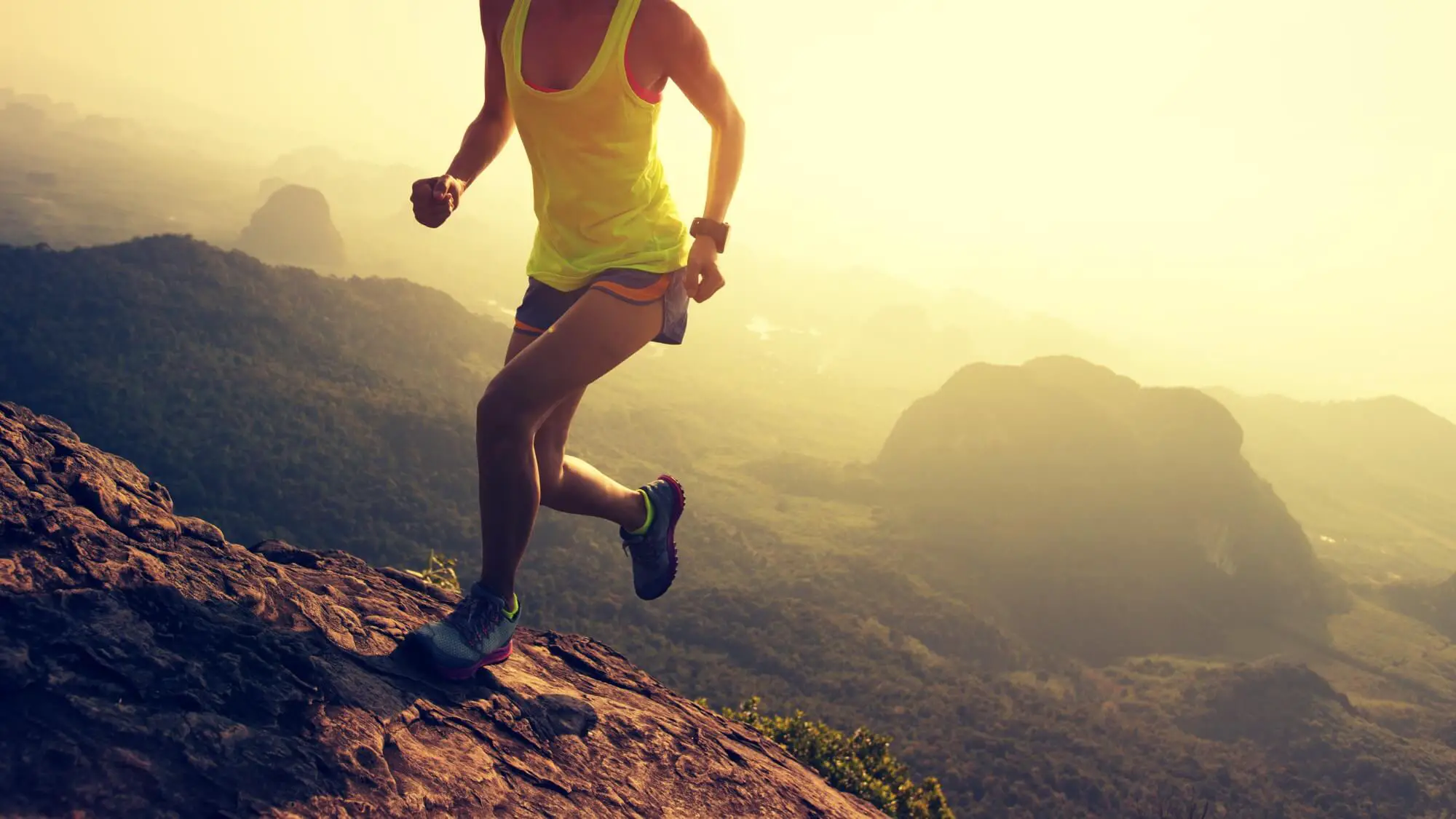
Trail Running Shoes 101
Are you a runner?
If so, you know it’s not only a healthy form of exercise, but it also brings you great joy. You probably can’t wait for your next chance to get out in the fresh air and crank out some serious miles.
One of the more popular kinds of running you may enjoy is trail running. Getting outside and getting onto the trail means spending time outdoors running through nature. And while nature is beautiful, it does come with a few drawbacks.
First and foremost for runners is the conditions of outdoor trail systems. These trails are usually maintained, but even the best-maintained trails have their hazards.
That’s why serious runners and weekend warrior alike turn to trail running shoes. These shoes ensure your feet and ankles stay in one piece while you’re out there putting in the miles. Proper shoes help prevent shin splints, rolled ankles, and general wear and tear on your feet.
To help you get started, we’re breaking down the ins and outs of trail running shoes–and why you need to get your own pair ASAP.
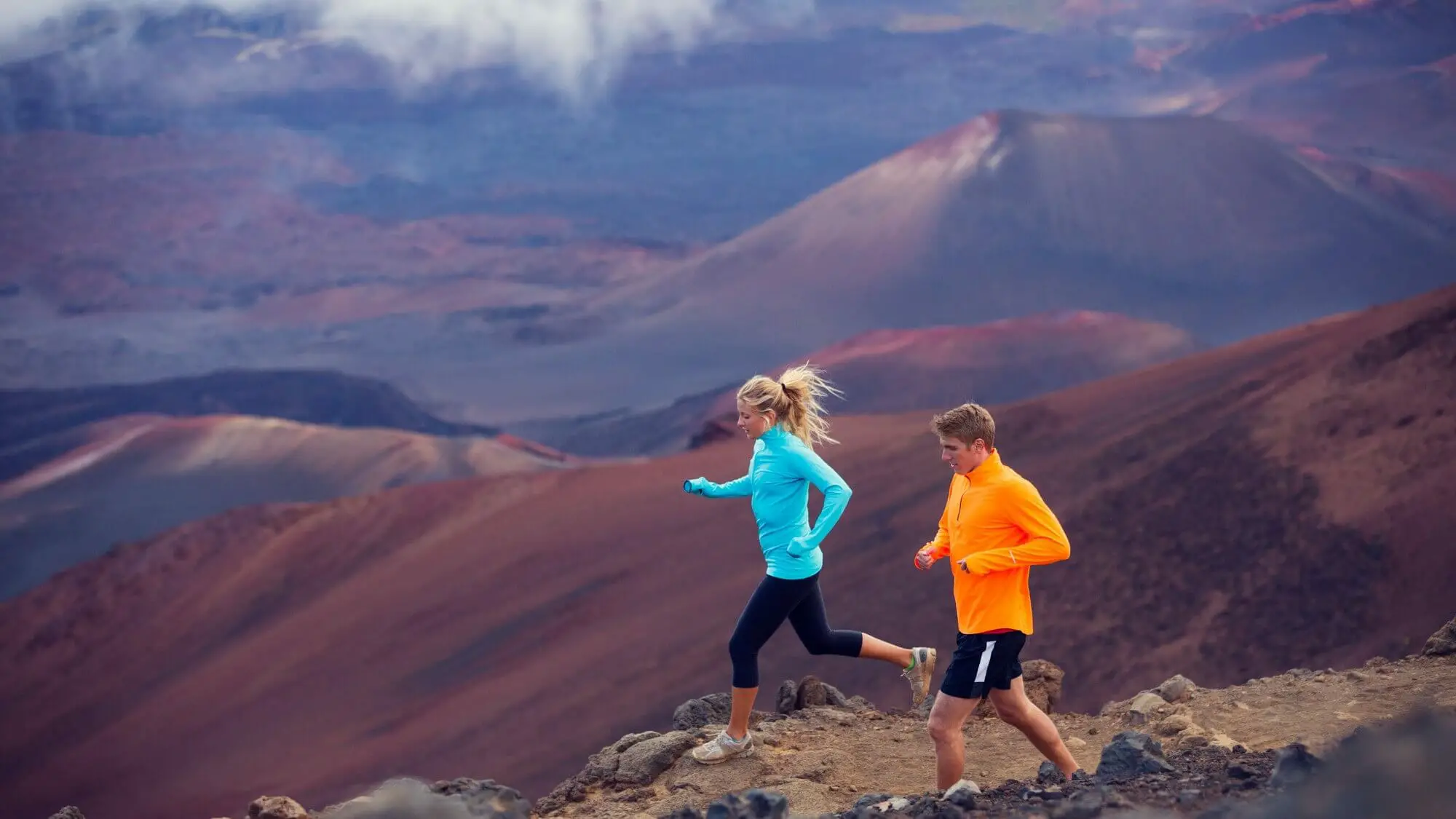
The Best Trail Running Shoes: What to Look For
Trail running shoes are primarily used to prevent injuries and help support runners’ feet.
Obviously, normal shoes don’t work as well for running. But on outdoor trails, even conventional running shoes won’t make the grade. Running on outdoor trails just isn’t the same as running inside on a treadmill.
Injury prevalence among trail runners highlights the need for proper foot support. In a study of Dutch trail runners, the average injury prevalence was 22.4 percent, while the injury rate was 10.7 injuries per 1000 hours of running.
In simpler terms, if you’re planning on trail running, there’s a one-in-five chance you could get hurt at some point. That’s not a knock on trail running, but simply a fact. So, trail running shoes are imperative to giving yourself the best chance to stay healthy.
The real benefits of trail running shoes come from helping to prevent injuries before they happen. While they can’t do it all, a good pair of running shoes really can make a world of difference.
Check out the table below for the best trail running shoes and our ratings. There’s a ton more information on how to select the best pair and what we were looking for below the summary table!
Prevent Stress and Overuse Injuries
Stress and overuse injuries are common across any activities with repetitive motion, including running. What’s more, because of the uneven terrain, trail running also puts extra stress on the ankles, knees, and feet.
Running outside makes it easy to add extra stress to your body. Rocks, sticks, ruts, potholes, and anything else that’s on the trail makes trail running more stressful than other types of running.
That’s where trail running shoes come into play. They provide the extra foot and ankle support your body needs to make sure simple stress injuries don’t happen.
First, trail running shoes have ankle support that helps immobilize the ankle to minimize the risk of rolling an ankle. This can help tremendously when running on uneven terrain.
Next, trail running shoes also come with variable “stack” height. The “stack” refers to the size of the rubber attached to the sole of your shoe. While people have preferences on different stack heights, the main benefit of the stack protecting the bottom of the foot.
A thicker stack offers increased protection while a smaller stack gives better ground feel. However, all trail running shoes offer more protection than regular running shoes.
Finally, trail running shoes offer superior protection beyond just the “stack” aspect. Running on trails often leads to encounters with rocky terrain that can easily hurt your feet. Trail running shoes have either thick foam or hard-plastic plates that protect your feet from stone bruises.
Improved Trail Running Times
Runners like to keep time. We want to know our best times and do what we can to improve them.
That’s where trail running shoes come into play. While no shoe will magically make you run faster, certain things can make a difference.
First and foremost, the added protection gives peace of mind. That might not seem like much, but the confidence level you have in your gear can have a serious impact on your running times.
If you’re running and worried about an injury, you won’t be at your very best. Likewise, if you feel the impact of every little pebble while you’re running, it’s likely you won’t stay concentrated enough to run your best time.
Studs for Grip
Trail running shoes come with different types of studs for gripping into different outdoor surfaces. From loose pebbles and packed gravel to sand and dirt, proper trail shoes have the grip to ensure maximum traction.
This helps more than you’d imagine. Traction helps prevent turned ankles and knee injuries. Twisting motions tear more ACLs than you’d think, and even minor knee injuries can keep you off the trail for extended amounts of time.
In addition to preventing injury trail, studs also lend themselves to better run times. Traction can improve your times, as well as the aforementioned confidence in the reduced injury risk.
Lighter than Traditional Road Running Shoes
Running for time means running shaving off every second possible. While they don’t make an enormous difference, traditional running shoes can weigh down your feet. The more weight you’re lifting the slower you’ll run and the more fatigued your muscles will be.
Muscle fatigue can cause increased injury risk as you’ll start using other, lesser-used muscles in order to compensate for your fatigue. The worse your fatigue, the greater the chance of injury.
Trail running shoes are much lighter than traditional running shoes. They’re specifically designed to minimize fatigue while still protecting your foot. The lower weight means less muscle strain and thus fewer injuries. If you’re interested in traditional road running shoes, we also have guides on how to choose the best running shoes for women and the best running shoes for men.
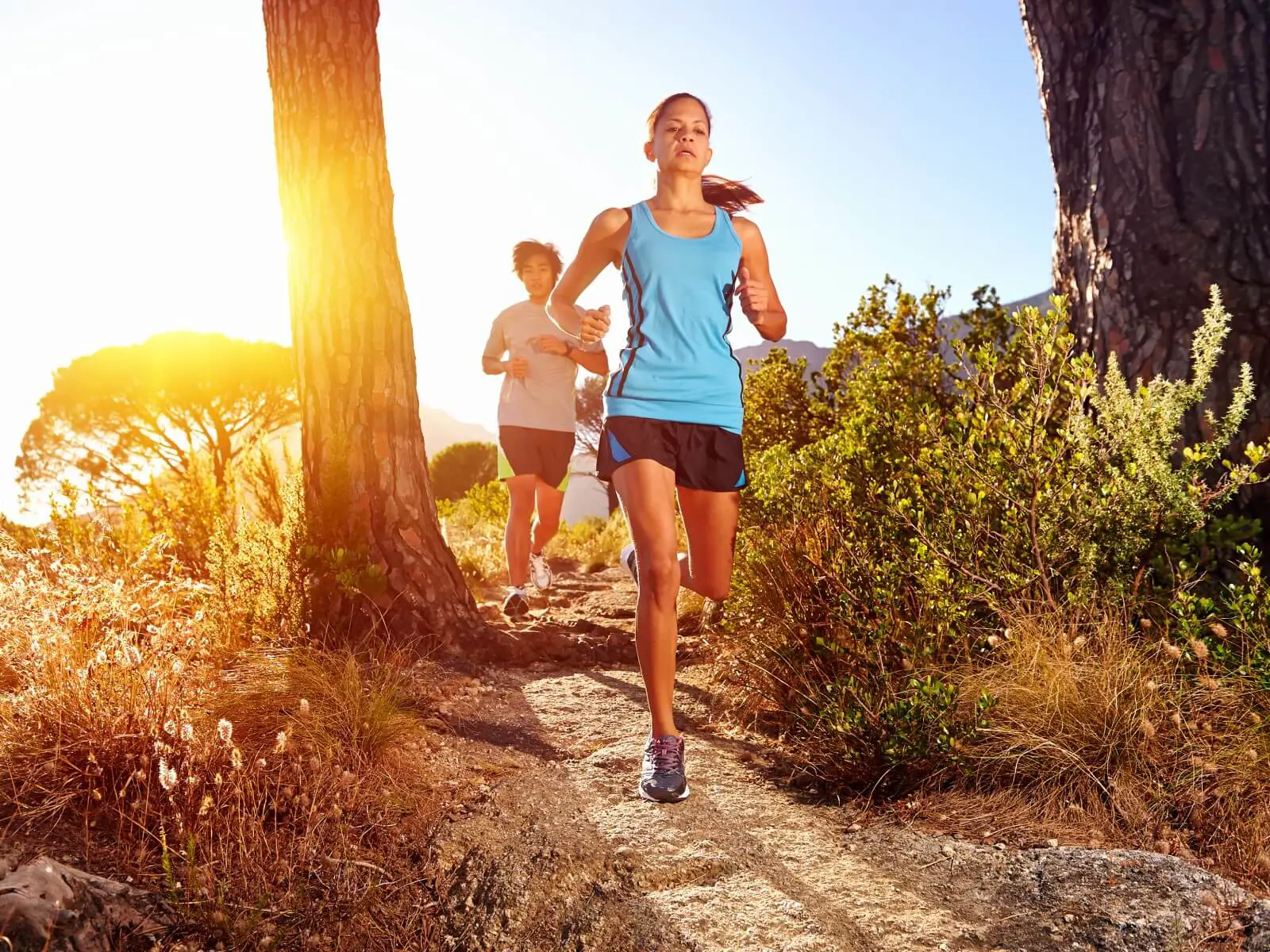
How to Find the Best Trail Running Shoes
So now that we’ve talked about why trail running shoes are the best option for serious and amateur runners alike, we can talk about how exactly to pick the best shoes for your needs.
Not all shoes are created equal, and that’s a good thing. Every runner has different needs and that means they need different shoes. Depending on your environment, how much you run, and your body shape, you’ll need running shoes that work best for you.
Do You Really Need Trail Shoes?
The first big question is: Do you really need trail running shoes? They’re more expensive than normal running shoes, making them an investment that not everyone should make.
Obviously, the first thing to consider is how much you run. Are you out on the trails multiple times per week? Is making your best time important? Determining how dedicated you are is the real question when deciding what shoes to buy.
If you’ve decided you’re all in on trail running, the next step is deciding what you’re looking for in a trail running shoe. Let’s take a look at the variations in trail shoes and which variation is best in each circumstance.
Waterproof or Not?
The environment around you determines a lot about which type of shoe you’ll need. Surprisingly, even though trail running is outside you’ll usually want to avoid waterproof trail shoes. This is because you want your shoes to breath.
Trail running induces foot sweat which won’t wick or breathe through waterproof shoes. This means sweaty, chafing feet and an uncomfortable running experience. What’s more, that chafing eventually leads to rubbing and blisters.
These are all things runners want to avoid.
However, those running in an extremely wet environment could actually benefit from having waterproof trail shoes. Waterproofing in wet environments actually keeps your feet drier, preventing blisters.
Essentially, in a wet environment, you’ll get more blisters from wet feet than you will from sweating feet.
Shoe Width
Next up for consideration is shoe width.
Everyone has different feet, with some having wider feet than others. If you do have wide feet, it’s time to buy shoes that fit. Trail running shoes come in wider sizes that help those with wide feet run comfortably.
It’s important to understand just how wide your feet are when deciding if wide shoes are for you. If your feet don’t fit the shoes, the extra material can destabilize your foot and cause you to easily lose your footing. This can lead to both short and long-term injury.
Plus, it further stresses your muscles.
Stud Type
We mentioned why studs are important, but now we’re touching on which studs are best for which environments.
The surface you’re running on greatly influences the appropriate type of trail studs. Wet environments are different than dry environments, while loose gravel is different than dirt.
Compared to traditional running shoes, trail shoes need grip to navigate the various running surfaces you’ll encounter. Harder surfaces like dirt, tightly packed stone or uneven terrain require shorter studs. The shorter studs allow for better traction and won’t catch on roots or stones.
Muddy, loose running surfaces require longer studs. The longer stud length helps penetrate the loose, slippery surface to give you better grip and help avoid twisted ankles. What’s more, better grip translates to better run times.
Fit
Knowing your shoe size is crucial to choosing the best trail running shoes.
Fit becomes extremely important when you’re putting serious miles on your shoes. You’ll need to understand company sizing, and when in doubt, call the company to ask.
As far as fit goes, you’ll want you around a thumb’s width of empty space between your toes and the end of the shoe. Your heel should rest against the back of the shoe, while your foot’s midsection should also have a snug fit. Loose fitting shoes can lead to twisted ankles, knee injuries, and more general wear and tear while running.
Likewise, tight-fitting shoes can do the same. Shoes that are too tight lead to lack of circulation in your feet, and can also have lead to stability problems. If the shoe soles are too small for your feet, it becomes very easy to roll an ankle or twist a knee because of unbalanced footing.
Price
Like anything, you get what you pay for when it comes to running shoes. The more you pay, the better the shoe’s quality. This decision making works very similarly to deciding if you really need trail shoes at all.
Better quality (and more expensive shoes) can handle more abuse. They are constructed from higher quality materials and so have longer lifespans. The better materials can also help somewhat to increase comfort and help to decrease injury risk.
That’s not to say lower-cost shoes aren’t worth the investment. Beginner trail runners might not need the high-quality materials that a last for long periods of time. If you’re unsure of how much you’ll enjoy trail running, there’s no reason to spend money on very expensive shoes that may not get a full lifespan of use.
Where to Buy Your Shoes
Buying shoes is traditionally something done in person. People like to try on the shoes, see how they fit, and see what the shoes look like in person. It’s understandable, but not entirely necessary in today’s online-centric world.
Shoe guides can help endure you’re choosing the very best shoe without having to see the shoes in person. High-Quality guides list everything from variable shoe sizes to in-depth reviews.
They’re also full of fitting tips to ensure that anyone can find the best fit for their specific foot type. For wide feet, narrow feet, and those in-between, shoe guides have you covered.
Guides are the modern day answer to visiting the shoe store and trying on the product. Instead, someone else visits the store, tries on the shoes, and gives you the information you need to make your decision.
If you’re looking for a top of the line shoe guide to help you decide on the best shoes around, look no further than our website. We’re dedicated to bringing you the very best guides on every shoe type imaginable.
Have an obscure foot size? No problem, our experts have you covered. Our pros have sized shoe brands to get the exact measurements you need to pick the perfect shoe.
As the saying goes: If the shoe fits, wear it. Let us help you get into the shoes that fit today!


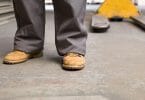
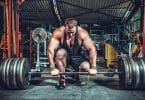


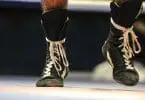

Leave a Comment